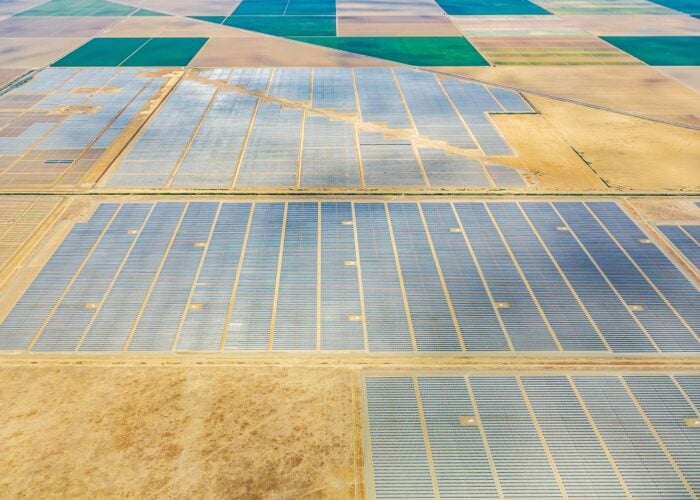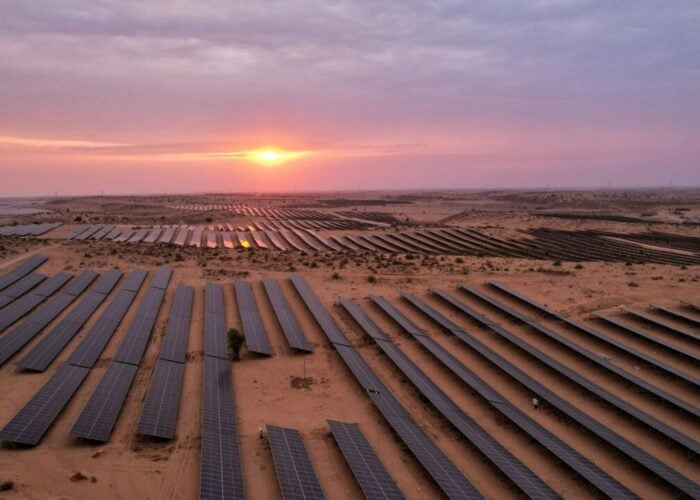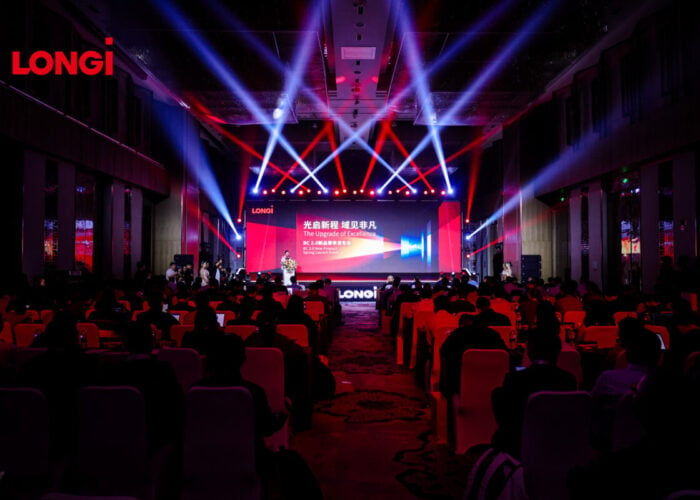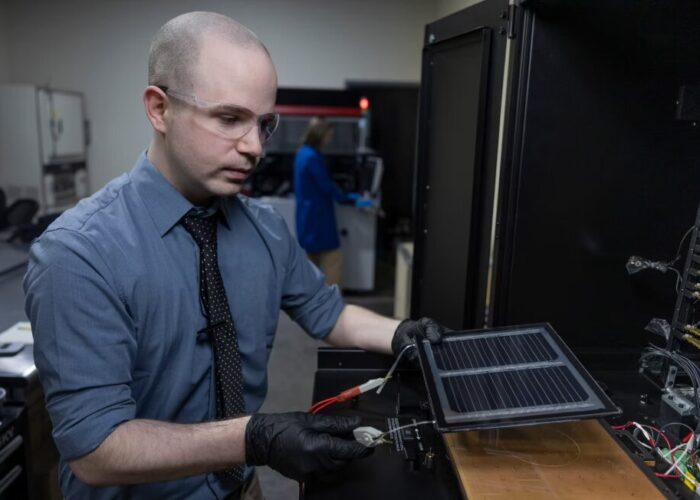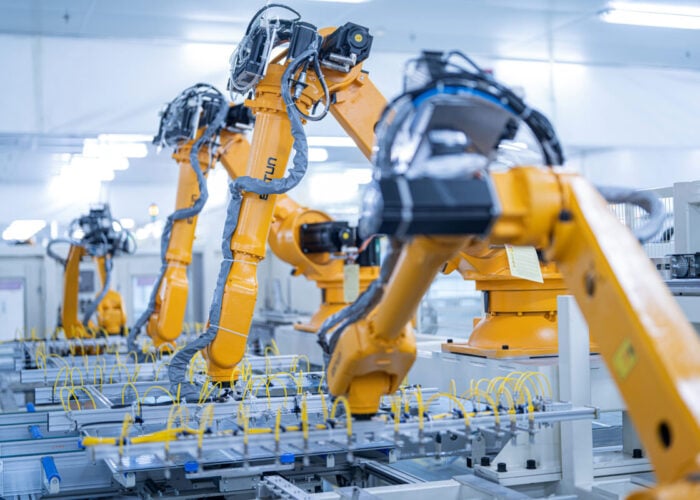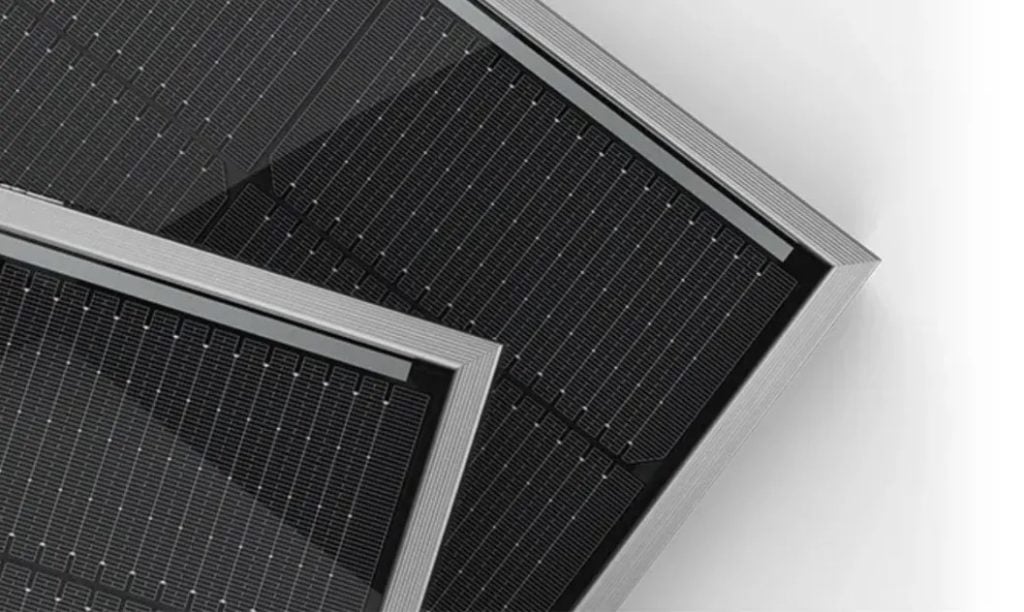
PV Tech Premium speaks to Dany Qian, vice president at JinkoSolar, to get the inside story about the ‘Solar Module Super League’ member’s 16GW n-type expansion and plans to take the lead in TOPCon.
In launching its maiden n-type TOPCon module in early November, JinkoSolar said it was aiming to capitalise on more than two years’ of experience with n-type technologies. That the ‘Solar Module Super League’ (SMSL) member has now confirmed it expects to have around 16GW of n-type cell capacity by the end of Q1 2022 is a signal of intent by the manufacturer.
Unlock unlimited access for 12 whole months of distinctive global analysis
Photovoltaics International is now included.
- Regular insight and analysis of the industry’s biggest developments
- In-depth interviews with the industry’s leading figures
- Unlimited digital access to the PV Tech Power journal catalogue
- Unlimited digital access to the Photovoltaics International journal catalogue
- Access to more than 1,000 technical papers
- Discounts on Solar Media’s portfolio of events, in-person and virtual
Or continue reading this article for free
That news, revealed during last week’s Q3 2021 results disclosure – where the company also revealed it was cutting its shipments guidance for the full year, is to see JinkoSolar end 2022 with around 10GW of n-type module shipments. That would be equivalent to more than 25% of the SMSL manufacturer’s total module shipment guidance next year.
Speaking to PV Tech Premium, JinkoSolar vice president Dany Qian confirmed that the 16GW of new n-type cell capacity will be entirely new capacity, rather than a refit of any existing lines. Of the n-type technologies emerging upstream, TOPCon is being largely favoured by module makers presently because of how manufacturing processes are similar to that of p-type mono PERC, the dominant solar technology today.
Qian said the capacity would be primarily rooted in China, with one of the main cell manufacturing bases to be located at the company’s facilities in Anhui province.
That expansion also coincides with a considerable push from module majors to establish manufacturing capacity overseas. JinkoSolar further said during its results disclosure last week that it is expecting its non-China manufacturing line to ramp up early next year. Qian said that n-type capacity outside of China will follow given the company’s confidence in TOPCon to be a “long-lasting process for the industry”, but no timeframe for this was stated.
JinkoSolar currently has just shy of 1GW of n-type cell capacity – Qian said the company has achieved better than forecasted yields applied in its 163” wafer size – illustrating the scale and speed of the expansion at hand.
The intent is for that progress to follow JinkoSolar’s 182mm platform and, with it, leverage the “strong foundation” of its existing supply chain in the space. All wafer and cell production for its n-type series will be conducted in-house, Qian confirmed. “Wafer and cell is where technology know-how demonstrates and differs from p-type PERC,” she said.
Yield rates – the company said during its analyst presentation last week – are at “almost 99%” for its TOPCon lines, which Jinko claimed was a “leading number” for the sector.
JinkoSolar also foresees no problem sourcing polysilicon, an area which has been particularly constrained this year and is expected to remain so long into 2022. N-type cell production requires a purer quality silicon than p-type and, as a result, comes at a cost premium. Daqo New Energy, one of the industry’s leading polysilicon producers, revealed earlier this year that between 30 – 40% of its polysilicon output is of sufficient purity for n-type, with the potential for this to increase to 70 – 80% based on industry demand. Daqo is charging an extra US$0.30/kg for that polysilicon, however, adding an extra <10% to the price, based on today’s prices.
“[Polysilicon supply] is almost the same and is a straightforward migration from conventional products while providing further performance, power and density enhancement for the next wave of PERC,” Qian said, indicating that Jinko has already secured sufficient polysilicon supply to scale up its n-type production throughout next year.
Jinko’s n-type capacity could also, in the longer term, provide a boost to cell shipments which have dwindled the longer supply chain constraints have continued. Jinko’s cell shipments fell to just 322MW in Q3 2021 on weak demand and while this figure is expected to rebound as the supply chain normalises, Qian believes there will be a strong market for n-type cells sooner, rather than later.
“The demand for n-type cells will continue to grow, driven by robust demand for even higher efficient and power density products to dilute rising cost of material, logistic, land and other BOS equipment while providing prolonged performance and reliability,” she said.
Jinko, however, intends to keep the majority of its n-type capacity in-house – at least throughout next year – as long as capacity remains tight.
The module manufacturer’s n-type launch is expected to help realise greater price premiums. Speaking to analysts following the firm’s Q3 results last week, Charlie Cao, chief financial officer at JinkoSolar, said the n-type range is expected to deliver more net income contributions owing to the company’s edge in n-type, as well as both the anticipated production level and n-type’s cost advantage. Cao further added that the company expects production costs for n-type to fall broadly in line with mono PERC modules in the medium term, if not sooner. Even today, those differences are negligible.
With the industry primed for a swift n-type transition – as documented within the cover story of volume 29 of PV Tech Power – the industry’s module leaders are maneuvering, and doing so quickly.

